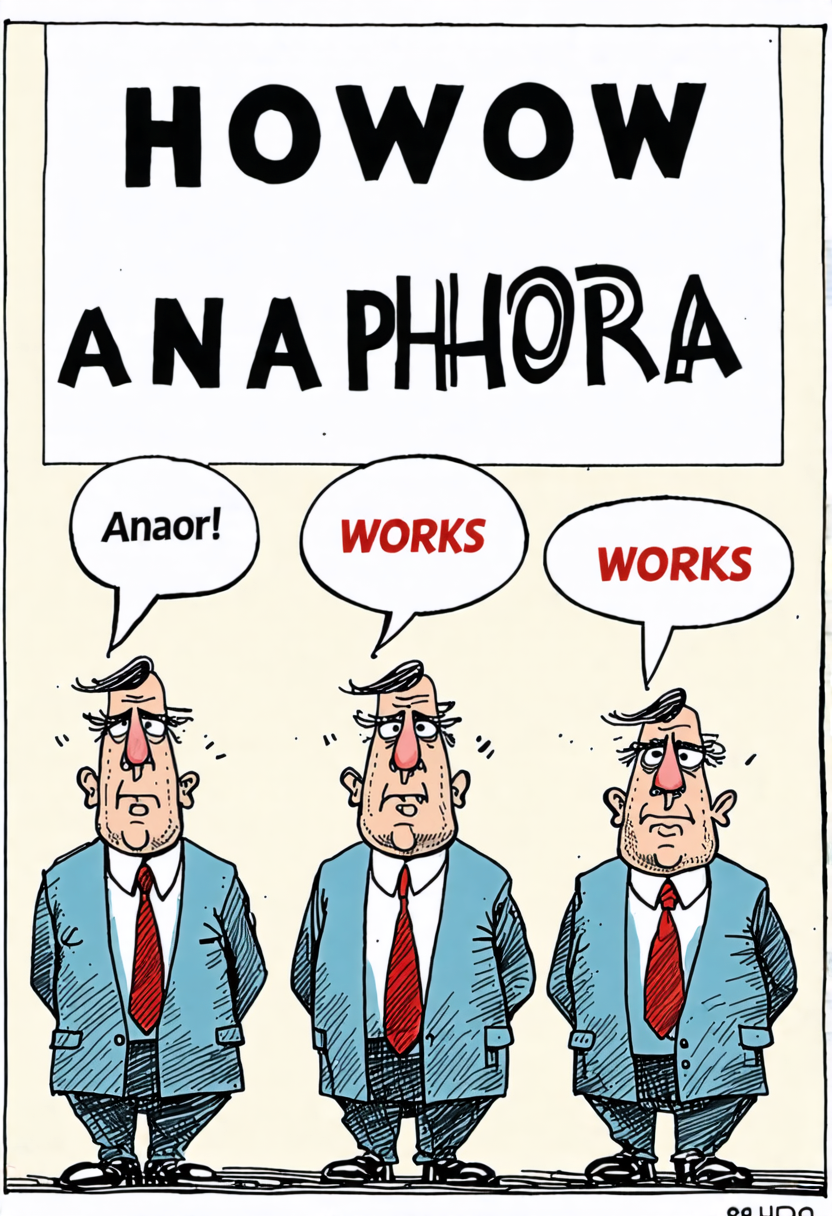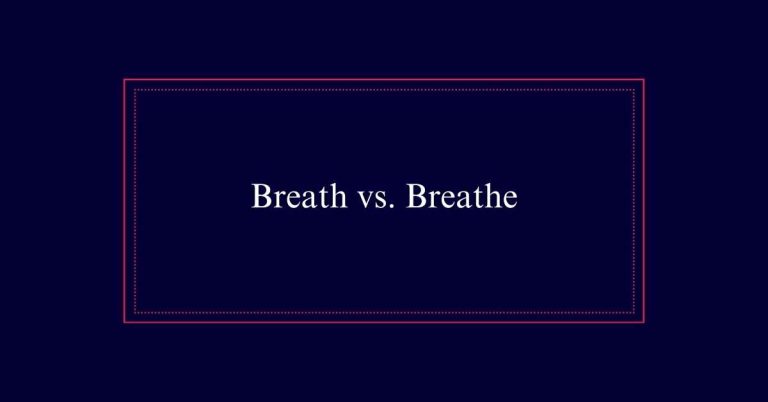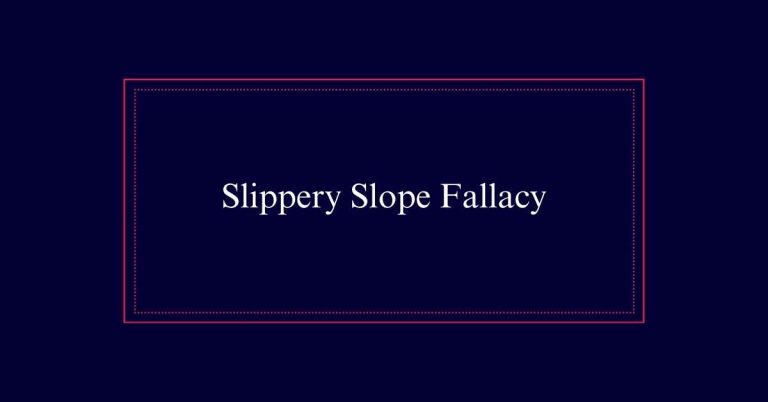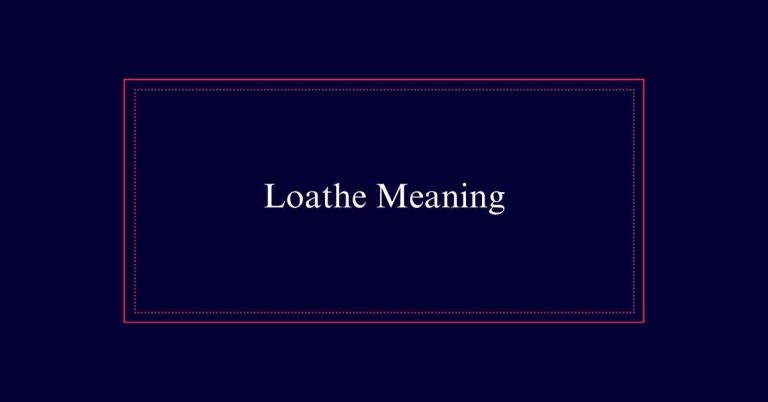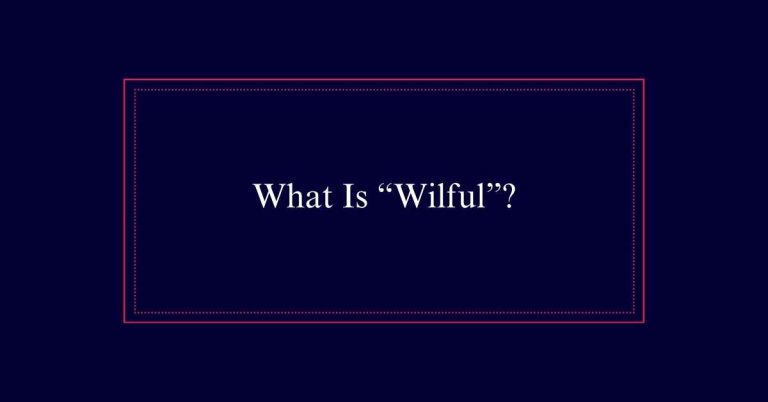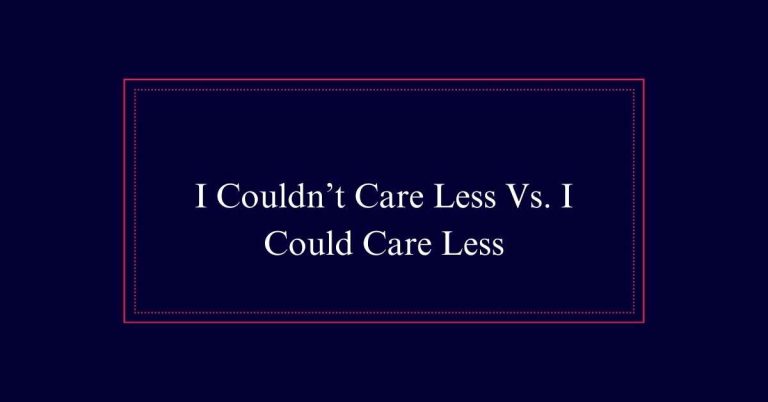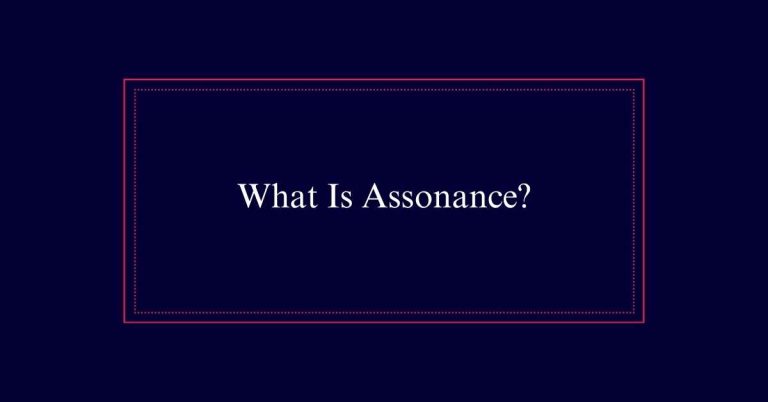How Anaphora Works?
Anaphora is one of my favorite literary devices. It repeats a word or phrase at the start of multiple sentences. This repetition creates a rhythm and structure that grabs attention. Anaphora emphasizes key points and makes the message more memorable. It’s often used in speeches, poetry, and songs for emotional impact. For example, Martin Luther King Jr.’s “I have a dream” speech uses anaphora to highlight his vision for the future.
Understanding Anaphora
How exactly does anaphora work to create impact in writing?
I use anaphora by repeating a word or phrase at the beginning of successive sentences or clauses. This repetition isn’t random; it creates rhythm and structure, making my message more powerful.
For instance, when I repeat words, I emphasize their importance. This technique helps me catch and hold my reader’s attention.
It also adds a lyrical quality to my writing, much like poetry or song lyrics. By carefully choosing the words I repeat, I can evoke emotions and highlight key points.
Purpose of Anaphora
Understanding how anaphora works leads us to explore its purpose in writing. Anaphora isn’t just about repeating words for the sake of it. It serves to emphasize key points, making them stand out.
When I use anaphora, I’m creating rhythm and structure. This helps to draw readers in and keep them engaged. Repetition can make the message more memorable and impactful. It’s especially useful in poetry, speeches, and songs where emotion and connection are vital.
Anaphora Vs. Epistrophe
Anaphora and epistrophe are both powerful rhetorical devices that use repetition, but they do so in different ways. Anaphora repeats a word or phrase at the beginning of successive clauses or sentences. For example, ‘I have a dream’ in Dr. King’s speech.
In contrast, epistrophe repeats the word or phrase at the end. Consider Lincoln’s ‘of the people, by the people, for the people.’ Both create rhythm and emphasis, but the placement of the repeated words changes the effect. I find that anaphora often builds momentum from the start, while epistrophe leaves a lasting impression.
Literary Sound Devices
While anaphora and epistrophe shape meaning through repetition, literary sound devices like alliteration and assonance bring texture to writing. Alliteration is the repetition of consonant sounds at the beginning of words. It makes phrases catchy and memorable. For instance, ‘Peter Piper picked a peck of pickled peppers’ uses alliteration.
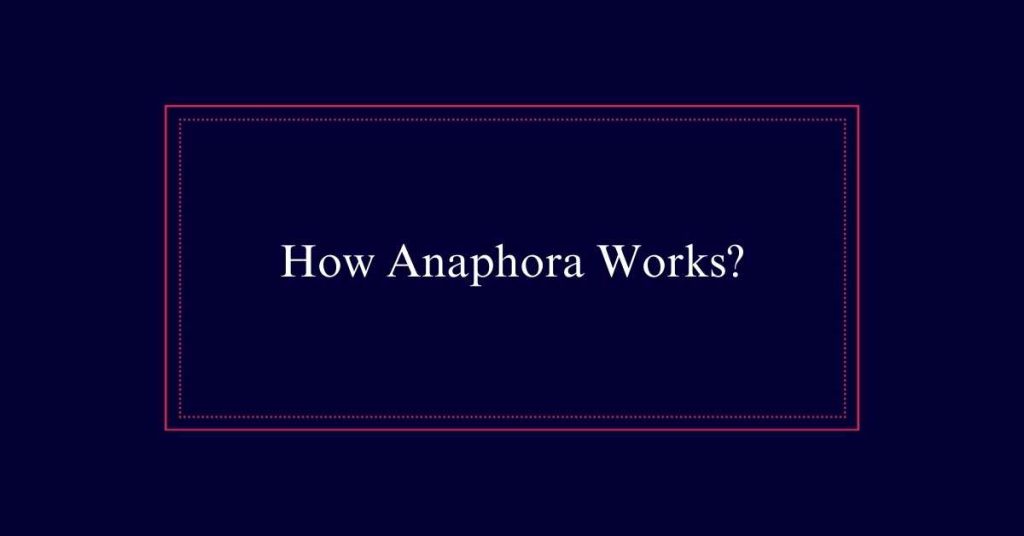
Assonance, on the other hand, is the repetition of vowel sounds within words. It creates a musical effect, like in the phrase ‘the light of the fire is a sight.’ These devices add layers to the text. They make sentences more engaging and pleasant to read.
Emotional Impact
Repeating a phrase can stir deep emotions and connect with the audience on a personal level. When I use anaphora, I feel its power to create an emotional bond. The repetition emphasizes key ideas, making them more memorable.
For example, in Martin Luther King Jr.’s ‘I Have a Dream’ speech, the repeated phrase ‘I have a dream’ evokes hope and determination. This technique can make the audience feel what the speaker feels. The rhythm and pattern of anaphora can also create a sense of urgency or passion. It’s like a heartbeat in the text, pulsing with emotion.
Effective Usage
To harness the emotional power of anaphora effectively, I focus on the key message I want to highlight. I choose words that resonate with that message and repeat them at the beginning of successive sentences. This technique grabs attention and enhances the emotional impact of my writing.
Here’s how you can make anaphora work for you:
- Select a powerful word or phrase: Choose something that captures the essence of your message.
- Use repetition deliberately: Make sure the repetition feels purposeful and not forced.
- Keep it concise: Too much repetition can overwhelm the reader.
- Test it out loud: Speaking the words can help you gauge their effect.
Creating Rhythm
By using anaphora, I can create a rhythmic flow that draws readers in and keeps them engaged. Repeating words at the start of sentences sets a pattern. This pattern gives the text a musical quality. It’s like a beat in music, making the reading experience smooth and enjoyable.
Here’s a simple table to illustrate how anaphora creates rhythm:
| Repetition | Effect | Example |
|---|---|---|
| “I will…” | Builds momentum | “I will work hard. I will succeed.” |
| “We shall…” | Unifies message | “We shall fight. We shall win.” |
| “Every day…” | Emphasizes routine | “Every day I learn. Every day I grow.” |
Using anaphora this way enhances the text, making it more memorable and impactful.
Variations in Anaphora
While creating rhythm with anaphora enhances the text, adding variations can make it even more powerful. I often mix up the repeated phrases to keep the reader engaged.
For instance, in William Blake’s poem *London*, he varies the repeated words to deepen the impact. Variations in anaphora can add layers of meaning and keep the repetition from becoming monotonous.
When I write, I experiment with different forms of repetition to see which one works best.
Here are some tips to try:
- Change the ending of repeated phrases.
- Use synonyms or related words.
- Insert descriptive words between repetitions.
- Vary the length of repeated phrases.
Emphasizing Key Ideas
Highlighting key ideas is one of anaphora’s greatest strengths. When I use anaphora, I repeat the same word or phrase at the beginning of successive sentences. This repetition grabs attention and makes the idea stand out.
For instance, if I say, ‘We will fight for justice. We’ll fight for freedom. We’ll fight for equality,’ the key idea of fighting becomes clear and powerful. Anaphora helps me create a rhythm that reinforces the importance of the message.
Famous Examples
One of the best ways to see anaphora in action is to look at famous examples. These examples highlight how repeated words can create rhythm and emphasis. They’re memorable and often stir emotions.
Here are some of the most famous uses of anaphora:
- Dr. Martin Luther King Jr.’s ‘I Have a Dream’ speech: The phrase ‘I have a dream’ is repeated to emphasize his vision for equality.
- Winston Churchill’s speeches: He uses ‘we shall fight’ to inspire resilience during WWII.
- Charles Dickens’ ‘A Tale of Two Cities’: The line ‘It was the best of times, it was the worst of times’ sets the tone with contrast.
- The Bible: The Beatitudes start with ‘Blessed are’ to impart teachings.
